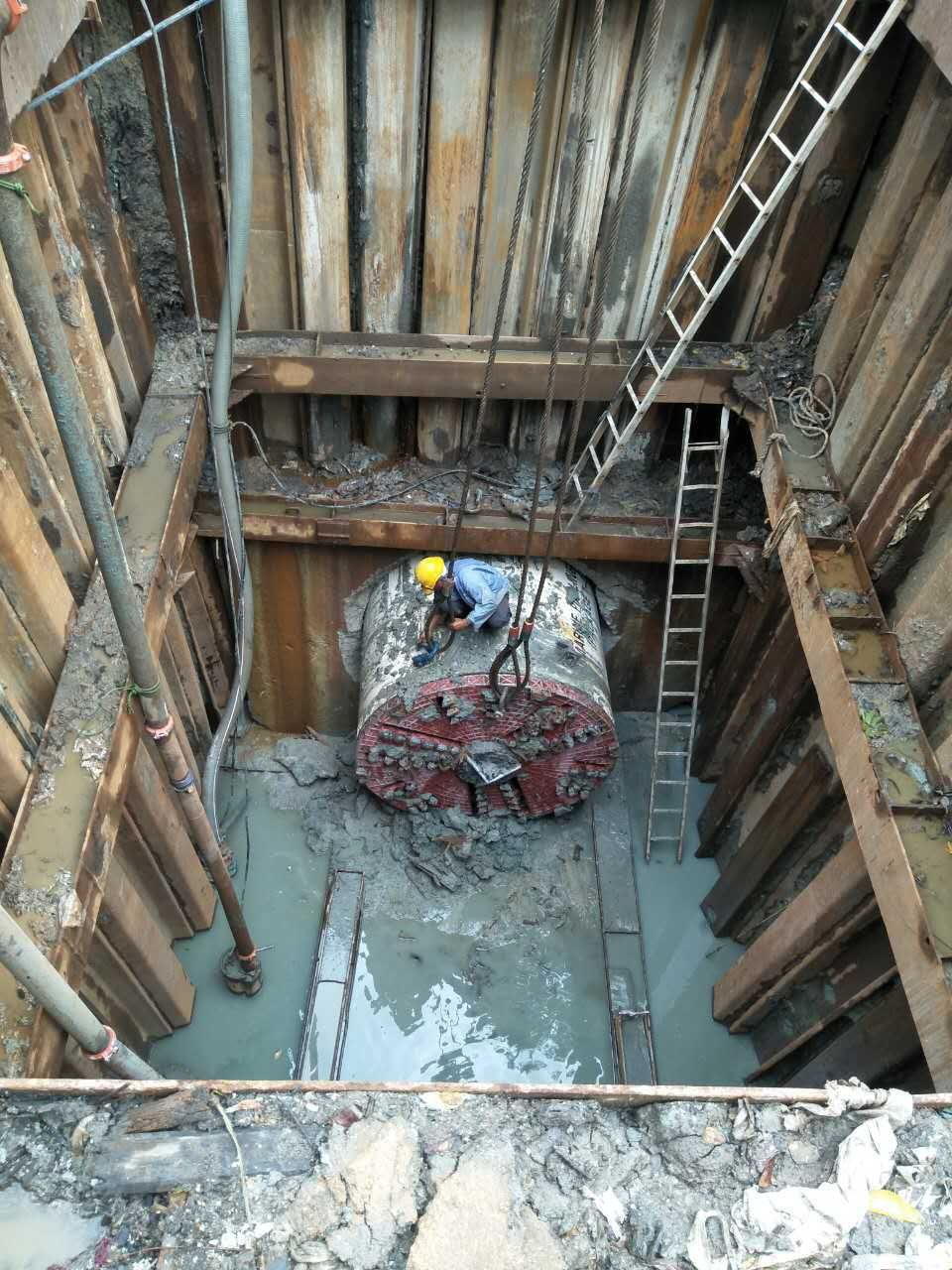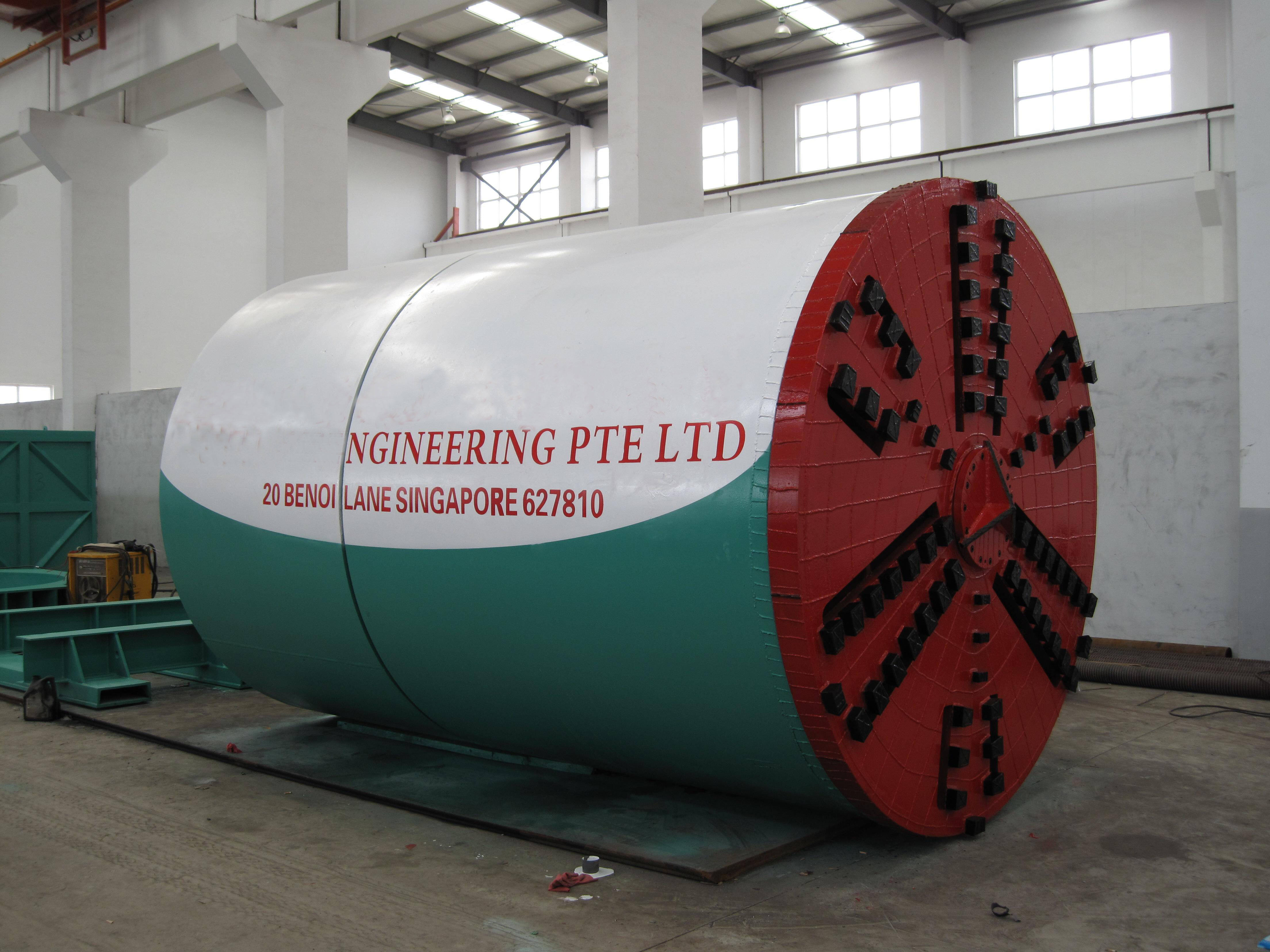Understanding Modern Trenchless Technology Solutions
The evolution of underground construction has revolutionized the way we approach infrastructure development. No-dig tunnel drilling equipment represents the pinnacle of this advancement, offering efficient and environmentally conscious solutions for underground projects. As cities grow and infrastructure demands increase, selecting the appropriate no-dig tunnel drilling equipment becomes crucial for project success.
Modern trenchless technology has transformed what was once a highly disruptive process into a sophisticated operation that minimizes surface disturbance. The right no-dig tunnel drilling equipment can significantly impact project timelines, costs, and overall success rates while maintaining the integrity of surrounding structures and environments.
Essential Factors in Equipment Selection
Ground Conditions and Geological Considerations
Selecting no-dig tunnel drilling equipment begins with a thorough understanding of the ground conditions at your project site. Different soil types and rock formations require specific drilling capabilities. Soft soils may demand equipment with specialized cutting heads and advanced spoil removal systems, while hard rock conditions necessitate more robust cutting tools and higher torque capabilities.
Comprehensive geological surveys and soil analysis should guide your equipment choice. The presence of groundwater, varying soil densities, and potential obstacles must all factor into the selection process. Advanced no-dig tunnel drilling equipment often comes with adaptable features to handle changing ground conditions effectively.
Project Specifications and Requirements
The scope and specifications of your tunneling project play a vital role in equipment selection. Factors such as tunnel diameter, length, depth, and alignment must align with the capabilities of your chosen no-dig tunnel drilling equipment. Consider the required production rates, accuracy requirements, and any special considerations like crossing under sensitive structures or water bodies.
Project timelines and budget constraints also influence equipment selection. While high-end no-dig tunnel drilling equipment may offer superior performance and reliability, it must justify the investment through improved efficiency and reduced operational costs.

Technical Specifications and Performance Features
Power and Capacity Requirements
The power requirements of no-dig tunnel drilling equipment directly impact its performance capabilities. Consider factors such as thrust force, torque capacity, and rotation speed. These specifications must match your project's demands while providing sufficient reserve capacity for challenging conditions.
Equipment size and mobility also merit careful consideration. Larger machines offer more power but may present logistical challenges in urban environments or confined spaces. Modern no-dig tunnel drilling equipment often incorporates modular designs that balance power with practicality.
Control Systems and Technology Integration
Advanced control systems distinguish modern no-dig tunnel drilling equipment from conventional alternatives. Look for features like automated guidance systems, real-time monitoring capabilities, and data logging functionality. These technologies enhance accuracy, improve safety, and provide valuable project documentation.
Integration with other construction technologies, such as Building Information Modeling (BIM) and GPS systems, can significantly enhance project coordination and efficiency. Consider equipment that offers compatibility with your existing technological infrastructure.
Operational Considerations and Support
Maintenance Requirements and Accessibility
Regular maintenance ensures optimal performance and longevity of no-dig tunnel drilling equipment. Evaluate maintenance requirements, including scheduled service intervals, parts availability, and access to critical components. Equipment designs that facilitate easy maintenance can significantly reduce downtime and operating costs.
Consider the manufacturer's support network and service availability in your region. Prompt access to technical support and spare parts can be crucial during time-sensitive projects. Leading equipment manufacturers often provide comprehensive maintenance programs and training support.
Operator Training and Safety Features
The complexity of modern no-dig tunnel drilling equipment demands well-trained operators. Assessment of training requirements, operator certification programs, and ongoing support should factor into your selection process. Equipment with intuitive controls and comprehensive safety features can reduce training time and improve operational efficiency.
Safety features should include emergency shutdown systems, pressure monitoring, and protection against equipment overload. Advanced warning systems and redundant safety measures protect both operators and equipment investments.
Environmental Impact and Sustainability
Noise and Vibration Control
Environmental considerations increasingly influence equipment selection. Modern no-dig tunnel drilling equipment should incorporate effective noise reduction features and vibration control systems. These aspects become particularly important in urban environments where minimizing disturbance to surrounding areas is crucial.
Look for equipment that meets or exceeds local environmental regulations regarding noise emissions and ground vibration limits. Advanced dampening systems and enclosed operation areas can significantly reduce environmental impact.
Energy Efficiency and Emissions
Energy consumption and emissions control represent critical factors in equipment selection. Latest-generation no-dig tunnel drilling equipment often incorporates energy-efficient systems and cleaner power options. Consider equipment that optimizes power usage while maintaining performance standards.
Evaluate options for alternative power sources and hybrid systems that can reduce environmental impact while potentially lowering operating costs. The long-term benefits of energy-efficient equipment often justify higher initial investments.
Frequently Asked Questions
What size no-dig tunnel drilling equipment do I need for my project?
Equipment size selection depends on multiple factors including tunnel diameter, length, ground conditions, and site constraints. Conduct a detailed project analysis and consult with manufacturers to determine the optimal size for your specific requirements.
How do I evaluate the total cost of ownership for drilling equipment?
Consider initial purchase price, operating costs, maintenance requirements, expected lifespan, and potential resale value. Factor in productivity rates, downtime estimates, and local support availability to calculate comprehensive ownership costs.
What are the key maintenance considerations for no-dig equipment?
Regular maintenance includes cutting tool inspection and replacement, hydraulic system servicing, alignment checks, and wear part monitoring. Establish a preventive maintenance schedule and ensure access to qualified service technicians and genuine spare parts.
How can I ensure optimal performance in varying ground conditions?
Select equipment with adaptable cutting tools and adjustable operating parameters. Conduct thorough ground investigations and maintain detailed operational records to optimize performance as conditions change. Consider equipment with real-time monitoring systems for immediate response to varying conditions.

 EN
EN
 AR
AR BG
BG HR
HR CS
CS FR
FR DE
DE EL
EL HI
HI IT
IT JA
JA KO
KO RO
RO RU
RU ES
ES TL
TL ID
ID LT
LT SK
SK SL
SL UK
UK VI
VI ET
ET TH
TH TR
TR FA
FA AF
AF MS
MS HY
HY AZ
AZ KA
KA BN
BN LO
LO LA
LA MN
MN NE
NE MY
MY KK
KK UZ
UZ KY
KY